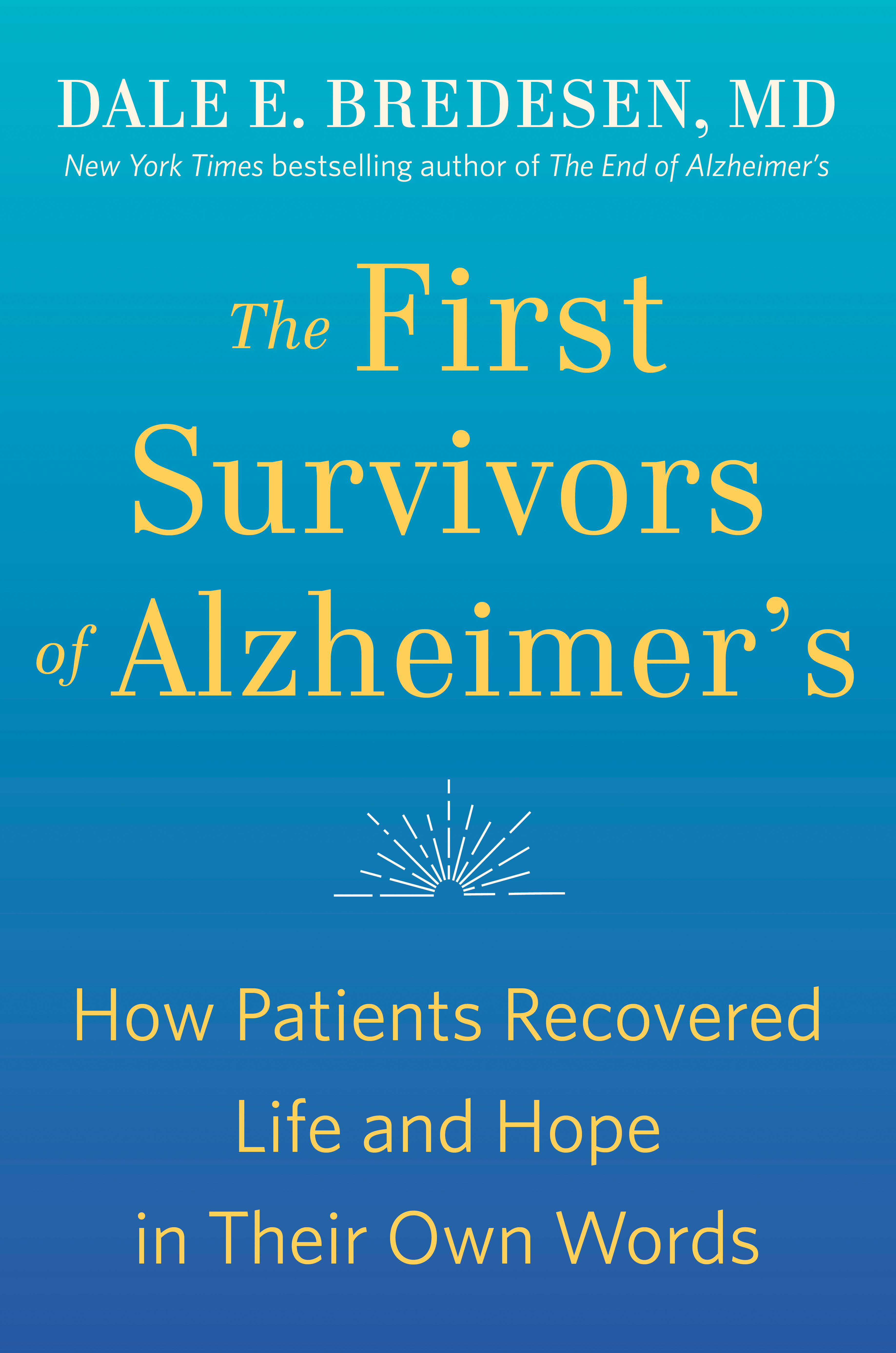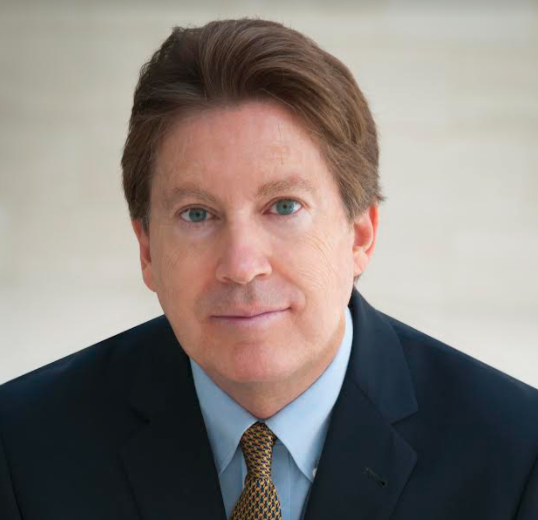As a freshman in college, I had become fascinated by the brain, and after studying its anatomy, physiology, and chemistry, I wanted to understand how diseases like Alzheimer’s, Parkinson’s, and Huntington’s affect the normal workings of the brain. When the brain is impacted by various diseases, surprising symptoms appear that reveal the inner workings of our neural systems: some people completely lose the ability to fall asleep, in a disease called fatal familial insomnia; others fling their limbs while dreaming, often injuring their spouses, in a condition called REM sleep behavior disorder; still others become convinced that their spouse has been replaced by an impostor, in a condition known as Capgras syndrome.
However, medical school really brought home the sad reality of what it is to work with patients with brain disease. The term healer had to be taken quite loosely in neurology, since it was mostly about diagnostics, not therapeutics. Medical school rotations on obstetrics brought us happy mothers and miracle babies; thoracic surgery brought us healed hearts; and even oncology brought us cancer survivors. But I could see why my classmates did not want to become neurologists. Ninety-nine percent of being a brain doctor was not about making people better, but about diagnosing what it was that you could not help them with, from Alzheimer’s to Lou Gehrig’s to frontotemporal dementia and on and on. We watched helplessly as the intricate neural networks that confer humanness on each patient decomposed before our eyes. It became clear that the area of greatest medical treatment failure was in these neurodegenerative diseases. I hoped that learning more about them as a neurology resident and then as a neuroscientist would shed some light on why.
Paradoxically, the experts in neurology taught me expertise in failure—learning to color inside the lines when nothing inside the lines had ever worked was perhaps not the best strategy. The experts simply parroted the phrase “There is nothing that can prevent, reverse, or delay Alzheimer’s disease.” This was considered a fundamental principle, not to be challenged. As the Greek philosopher Epictetus said, “It is impossible to begin to learn that which one thinks one already knows.” Thus we focused on diagnostics, on neuroanatomy and neurophysiology, on neurochemistry and neurogenetics—everything except novel approaches to therapeutics. Over the years, I gave up on the idea of healing and focused on being a neurologist.
After all of my many years of training, I had been so inculcated with the knowledge that neurodegenerative diseases are terminal illnesses, impossible to treat, that I had become an expert in failure. As Walt Disney observed, there are two types of people: the “yes if” people and the “no because” people. The “no because” people can always give you a long list of reasons that any new idea is doomed to failure; whereas the “yes if” people will point out that, if you’ll take specific considerations into account, your idea just might have a chance at success. Thus was Disneyland born, but so, too, the moon landing, the internet, and virtually every other notable advance.
I realized that I had become a “no because” person, an expert armed with a myriad of finely honed, abstrusely technical, academically sophisticated details explaining why nothing could be done for those suffering with Alzheimer’s. I had become an ordained minister of the Church of No Hope. I explained to each suffering family member that the Alzheimer’s Emperor was draped in the Clothes of Impossibility, and even though they might not be able to see them, as an expert I could assure them that they were indeed there. To say this work was dispiriting would be an understatement.
Therefore, I decided to give up the hopelessness of the neurodegeneration clinics—indeed, I did not see a patient for twenty years—and set up a laboratory to study the fundamental biochemical mechanisms that drive the death of brain cells and their synaptic connections. What goes wrong? How does it start? Why is it so common? The idea was to return to the clinic if my lab group and I could ever find anything of promise.
So the good news and bad news here are the same: because of the well over 100,000 papers published on Alzheimer’s disease, virtually any new theory can be rejected quickly, based on what has already been published. Indeed, it is nearly impossible to come up with a theory that satisfies all of the many findings already published. Maybe Alzheimer’s really is an impossible disease to treat successfully?
I considered the future: At some point, perhaps fifty or a hundred years down the road, some group would come up with an accurate model of Alzheimer’s disease that would explain the many disparate findings from epidemiological studies to genetic studies to pathological studies, and, critically, would predict an effective treatment and explain the many failed treatments. What would that group think of that we hadn’t? What mold would that group break that we hadn’t?
All of the previous theories explained little pieces of the overall picture—some explained pieces of the genetics, some parts of the pathology, some parts of the epidemiology, for example—but none was compatible with all of the findings. Most important, none had ever led to an effective treatment. We considered what a successful theory would need to explain:
• Why do the many risk factors seem to have no connection—from reduced vitamin D to reduced estrogen to chronic infections to high homocysteine to cardiovascular disease to sleep apnea to systemic inflammation to mercury exposure and on and on?
• Why do some people collect large amounts of the Alzheimer’s‑associated amyloid, yet have no cognitive decline, whereas others suffer cognitive decline with little or no amyloid?
• How does ApoE4—a genetic risk carried by 75 million Americans—create such risk for Alzheimer’s?
• Why does Alzheimer’s risk increase dramatically with aging?
• Why does Alzheimer’s start where it does in the brain—often in a specific area of the temporal lobe— and spread as it does?
• Why is Alzheimer’s associated with plastic regions of the brain—regions that are associated with learning and memory?
• Why has drug treatment for Alzheimer’s failed?
• Of highest priority, how can we tackle Alzheimer’s treatment successfully?
Fast-forward a few decades of observing brain cells dying in a petri dish, using fruit flies to create “Alzflymer’s” and transgenic mice to create “Mouzheimer’s,” and testing many thousands of compounds to identify an optimal drug candidate. . . all of the thousands and thousands of experiments led us to some shocking conclusions:
• The heart and soul of Alzheimer’s disease—its most fundamental nature—is a chronic or repeated insufficiency. Not a simple insufficiency like vitamin C deficiency, which leads to scurvy, but rather an insufficiency in a neuroplasticity network, a brain network that changes with learning and memory—notmisfolded proteins, not amyloid, not tau, not prions, not reactive oxygen species—these are all mediators of the response to the insufficiency, not the cause—but an insufficiency in a neuroplasticity network. This is something like having an entire nation enter a recession—there are many potential contributors, and these must be identified and rectified to end the recession. To extend the analogy, the coronavirus is a cause of the recession (the major contributor), whereas staying home is a mediator: in order to end the recession, we need to eradicate the coronavirus (or become immune to it)— simply leaving home will leave the cause unchecked, and thus fail to solve the problem.
• This neuroplasticity network requires many factors to function optimally, from hormones to nutrients to growth factors to oxygenated blood flow to energy—but also requires an absence of infections, toxins, and inflammation for efficient operation.
• The amyloid and tau that have been vilified in Alzheimer’s disease are actually part of the protective response to the insults that create the insufficiency, and therefore, targeting them with drugs is of little help unless you first identify and remove the various insults and quell the insufficiency.
These conclusions suggested a completely different treatment strategy from anything that had been tried before. Instead of treating with a single drug that would be the same for each person, we needed to flip the script: evaluate each person for all of the different parameters required for the network to function—the hormones, nutrients, infections, etc.— and then target the ones found to be suboptimal. Therefore, in 2011, we proposed the first comprehensive trial for Alzheimer’s disease. Unfortunately, we were turned down by the IRB (institutional review board, which determines whether human clinical trials are allowed to be carried out) because we were proposing a new type of clinical trial that would test an algorithm, a personalized approach that depended on what was causing the cognitive decline, rather than testing a single drug. Getting turned down by the IRB was very depressing. How would we ever be able to determine whether this approach was on the right track?
Shortly after that, I received a call from the person who would become Patient Zero—which was somewhat surprising since I had not seen a patient in twenty years. However, although Patient Zero—Kristin—lived a few thousand miles away, she had a friend from the San Francisco Bay Area who had gotten wind of our research. Kristin changed the world of Alzheimer’s.



